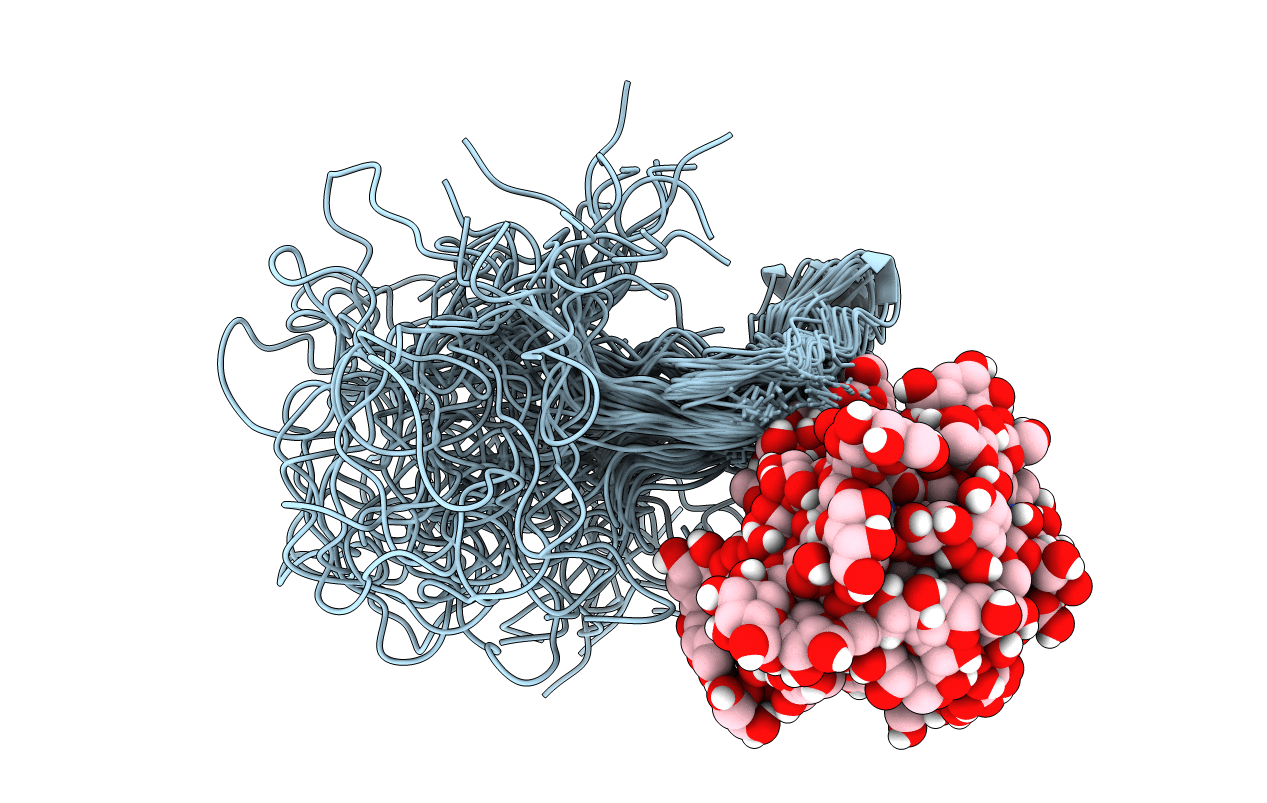
Deposition Date
2000-11-07
Release Date
2000-12-07
Last Version Date
2024-11-20
Entry Detail
PDB ID:
1HD4
Keywords:
Title:
SOLUTION STRUCTURE OF THE A-SUBUNIT OF HUMAN CHORIONIC GONADOTROPIN [MODELED WITH DIANTENNARY GLYCAN AT ASN78]
Biological Source:
Source Organism:
HOMO SAPIENS (Taxon ID: 9606)
Method Details:


